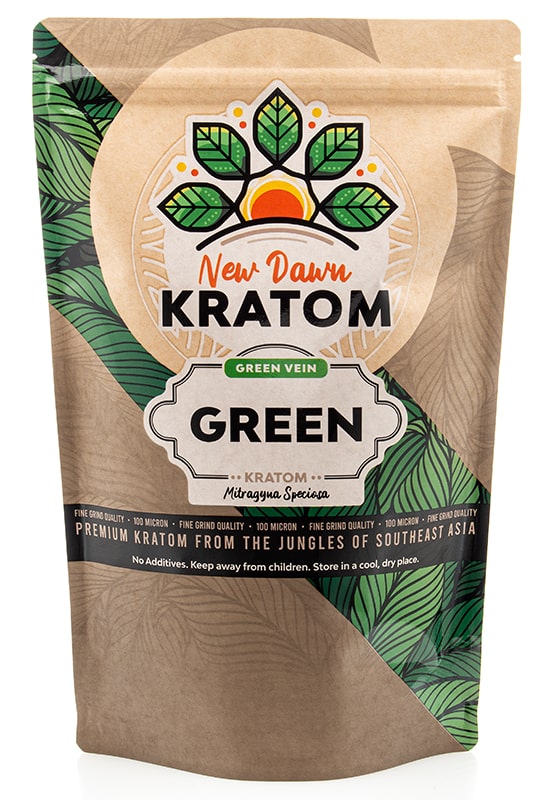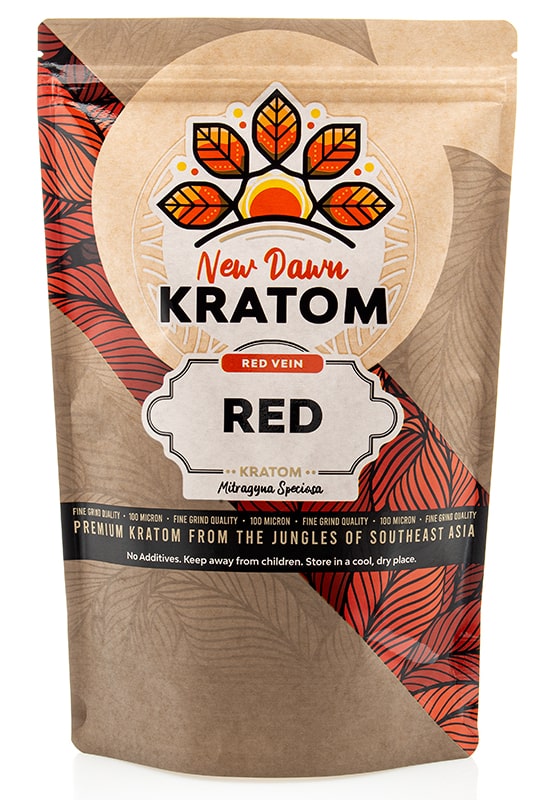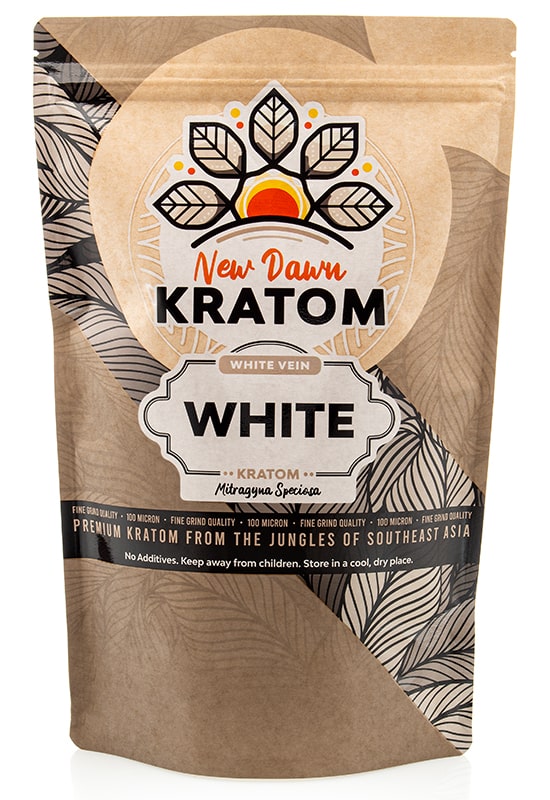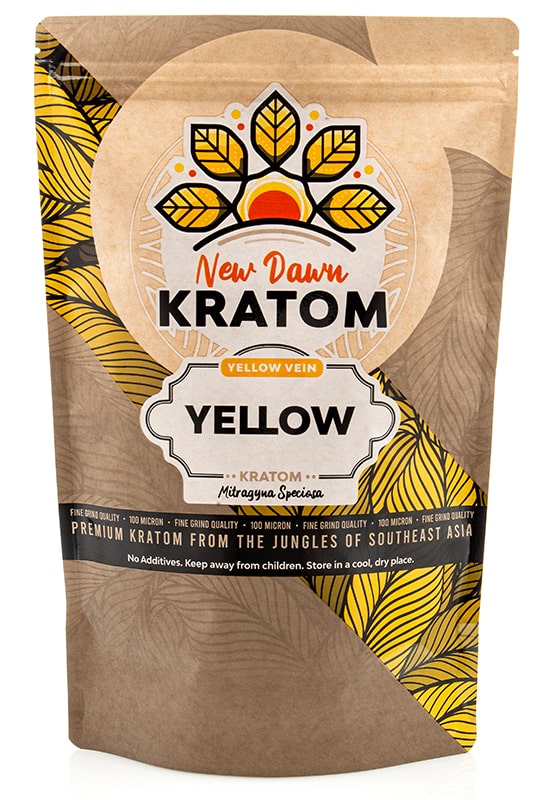As people start exploring Kratom, many become interested in other Mitragyna species, one of which is Mitragyna Javanica. In this side-by-side comparison, we will compare Mitragyna Speciosa (kratom) and Javanica and take a deep dive into several key areas, such as their effects and traits, alkaloid compositions, potential effects, and legal standings within the United States.
We’ll first break down their traits, which will help us understand how each is different and the same. Next, we’ll discuss the alkaloids in these two Mitragyna species that shape their potential benefits and effects.
What is Mitragyna Speciosa (Kratom)?
Many of you know what kratom is, but we will still review it to give you the best reference for comparison. Kratom, scientifically known as Mitragyna Speciosa, is a tropical tree native to Southeast Asia. Habitants from Thailand, Malaysia, Indonesia, and Papua New Guinea have a long history of using the plant. In the past, people native to these areas have chewed and eaten kratom leaves because of their potential effects, such as energy and mood boosts, which have made them attractive to people in these areas for hundreds of years.
Mitragyna Speciosa is notable for its diverse selection of strains and three primary color varieties. Most of you may know about the red, green, and white strains, each indicated by the color of the veins in the leaves and stems of the final leaves. These variations are thought to influence the effects experienced by the user; however, most of the effects are linked to the presence of the primary alkaloids found in all Mitragyna Speciosa strains, mitragynine, and 7-hydroxymitragynine.
Kratom’s effects are widely variable and can be influenced by factors such as the specific strain, dosage, and individual user sensitivity and differences. Generally, the effects can range from relaxation and mild sedation with some strains and dosages to mood-boosting, energetic, and stimulating experiences with others. In general, strains with red veins are thought to be more calming, while strains with white or green veins may be more energizing or uplifting.
What is Mitragyna Javanica?
Mitragyna Javanica is a lesser-known relative of the popular Mitragyna Speciosa family. It favors a habitat similar to kratom and can also be found growing in some places in Thailand and Malaysia. Despite its close botanical relationship to kratom, Mitragyna Javanica is different in its alkaloid composition and has some different potential effects than its cousin.
Kratom has many different strains and leaf color varieties, whereas Mitragyna Javanica only has one type. This is partly due to its less prominent status and less cultivation, breeding, and usage compared to kratom. The primary alkaloids in Mitragyna Javanica, including mitrajavine and others not nearly as extensively studied as the primary alkaloids in kratom (mitragynine, and 7-hydroxymitragynine).
The effects of Mitragyna Javanica are generally considered to be much milder compared to those commonly found with kratom. This mildness is attributed to the absence of the more potent alkaloids found in kratom. As a result, individuals seeking the effects commonly associated with kratom might find Mitragyna Javanica to be subtler and even possibly disappointing.
Similarities & Differences Between Kratom and Mitragyna Javanica
Now that we have discussed Kratom and Mitragyna Javanica let us discuss their similarities and differences. Mitragyna Speciosa and Javanica are botanical cousins with deep roots in the lush landscapes of Southeast Asia. Their shared origin and ecological preferences hint at a familial botanical bond, underscored by a widely differing alkaloid tapestry that defines their essence. Despite their shared lineage, the distinct profiles of these alkaloids sculpt a divergence in their potential effects.
Similarities:
- Origin and Habitat: Both plants are native to Southeast Asia and thrive in tropical climates. This shared foundation establishes the basis for their ecological and botanical resemblances.
Differences:
- Composition: While both species are rich in alkaloids, the alkaloids in each are widely different Kratom is primarily known for its mitragynine and 7-hydroxymitragynine content, compounds associated with various impacts. In contrast, Mitragyna Javanica does not contain either of these and features mirtazapine and others that are less studied.
- Effects: Kratom’s alkaloid composition has led to a broad spectrum of reported effects and a global popularity that spans beyond its native borders. Mitragyna Javanica, with its milder effects, remains less known and less utilized, often considered a subtler alternative to kratom.
- Legality: The widespread use of kratom has attracted significant attention, resulting in varied regulatory responses in the United States. Mitragyna Javanica, due to its alkaloid profile, has milder effects and has not been subjected to the same level of scrutiny or regulation.
| Speciosa (Kratom) | Javanica | |
|---|---|---|
| Alkaloids | Mitragynine, 7-hydroxymitragynine | Mitrajavine, Ajmalicine, Mitraphylline, |
| Effects | Depending on dose and strain, its potential effects range from relaxation and sedation to mood-boosting and stimulating. | Generally associated with milder effects. Its potential effects may include a subtle relaxation and/or mood lift. |
| Popularity | Widely used in the US and globally, with various reported effects. | It is less commonly used or available worldwide and is often considered a milder alternative to kratom. |
Comparing the Alkaloids
Mitragyna Speciosa
Kratom is renowned for its delicate alkaloid profile, comprising more than 50 potential alkaloids, with mitragynine and 7-hydroxymitragynine being the most abundant. Mitragynine comprises an estimated 60% of the alkaloid composition in kratom. In contrast, 7-hydroxymitragynine exhibits a notably higher potency, albeit present in a considerably lesser quantity of approximately 2%.
The interaction between these alkaloids and receptors in the brain results in various effects, including potential calming, mood enhancement, stimulation at lower doses, and possible sedation at higher doses.
Despite being less investigated and researched, a wide variety of alkaloids secondary to mitragynine and 7-hydroxymitragynine may have a synergistic effect that enhances the kratom’s overall effects. Also known as the entourage effect, this suggests that the presence of secondary constituents in a plant may impact its overall effect profile, potentially explaining differences between strains and types of kratom.
| Mitragynine | Corynoxine A | Speciofoline | Speciophylline |
| 7-Hydroxymitragynine | Corynoxine B | Stipulatine | Speciosine |
| Speciogynine | Ajmalicine (Raubasine) | Tetrahydroalstonine | Speciogyn A |
| Mitraphylline | Rhynchophylline | Akuammigine | Speciogynine |
| Paynantheine | Speciophylline | Corynantheidine (Rauhimebine) | Specionoxeine |
| Speciociliatine | Ciliaphylline | Isopteropodine | Specioside |
| Isomitraphylline | Epicatechin | Speciofoline | Mitraspecine |
| Isomitrafoline | 9-Hydroxycorynantheidine | Mitrafoline | Various Uncaria alkaloids |
| Isorhynchophylline | Mitraciliatine | Oxindole B | |
| Isospeciofoline | Mitraversine | Pinoresinol |
Mitragyna Javanica
Mitragyna Javanica does not contain the same range or concentration of alkaloids found in kratom. The alkaloid profile of Mitragyna javanica is less studied, but it is known to contain some unique compounds, including:
| Alkaloid | Description |
|---|---|
| Ajmalicine | Known for its calming effects |
| Mitraphylline | An alkaloid is also present in kratom |
| Mitrajavine |
Given the relatively limited scientific literature on Mitragyna javanica compared to Mitragyna speciosa, the list of identified alkaloids and understanding their effects is less comprehensive or documented.
Comparing the Legality of Both Botanicals
The legality of Speciosa and Javanica has been a hot topic for a long time, so let us discuss whether these two are legal in your state.
Let’s first start with Kratom. The legal landscape of Kratom in the United States is complex and varies by state. Some states have implemented bans or regulations specifically targeting kratom and its primary alkaloids due to concerns about their safety and potential for abuse. These bans often explicitly name kratom as the primary alkaloid or both.
On the other hand, Mitragyna Javanica, which does not contain the main alkaloids of kratom, does not fall under any of these state bans, making it legal in all States where kratom is banned. However, the potential for confusion or misrepresentation by sellers poses a risk, as some may mistakenly or intentionally sell kratom labeled as Mitragyna Javanica.
Legality (Last Upate: 2024):
| Jurisdiction | Kratom | Javanica |
|---|---|---|
| Federal | Federally legal | Federally legal |
| State | It is illegal in several states due to concerns over its alkaloids. Bans typically specify Mitragyna Speciosa or its primary alkaloids, including Alabama, Arkansas, Indiana, Rhode Island, Vermont, and Wisconsin. | Legal in all states - None of its alkaloids are listed or banned |
| Regulatory | Some states have passed Kratom Consumer Protection Acts, which establish age restrictions and other regulations for sellers. | No regulation |
| Risk | Many jurisdictions that have passed kratom bans list it as a Schedule 1, which means if laws are broken in these areas, it has the most severe of penalties, including jail time (10+ years) and monetary penalties. | Sellers may sell Javanica and send kratom. The product should be lab tested before purchasing in a kratom-restricted area. |
CONTENT DISCLAIMER: The content on this page is strictly for entertainment purposes only. The content below has not been medically reviewed and is not intended to offer advice for use or intended use. For more information about kratom and its potential dangers, please visit the fda.gov site.








